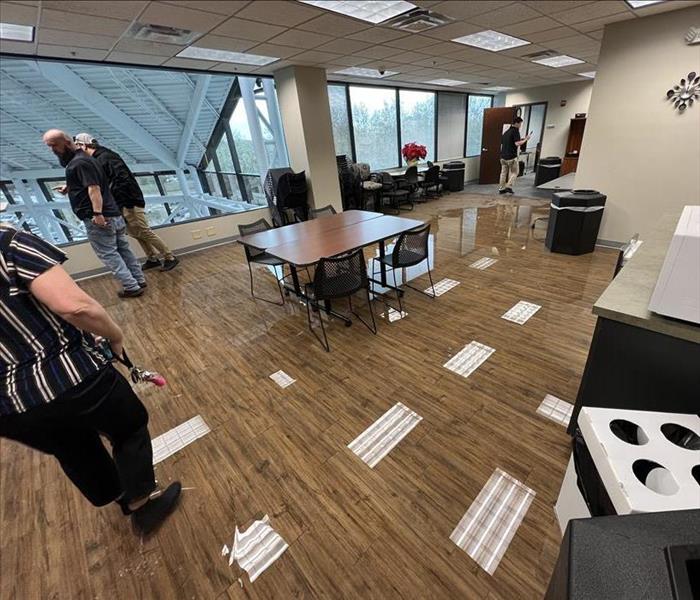Flood Plains and Water Damage: What You Need to Know About Your Area
6/12/2024 (Permalink)
As a homeowner, being informed about the potential risks in your area is crucial for protecting your property and loved ones. One significant risk to be aware of is the presence of flood plains and the associated water damage they can cause. In this guide, we'll explore what flood plains are, how they can impact your home, and steps you can take to mitigate water damage risks.
What are Flood Plains?
Flood plains are low-lying areas adjacent to rivers, streams, and other bodies of water that are prone to flooding during periods of heavy rainfall or snowmelt. These areas act as natural drainage basins, absorbing excess water and reducing the risk of flooding in surrounding areas. However, homes built within flood plains are at a higher risk of experiencing water damage during flood events.
Understanding the Risks
Living in a flood plain means facing a higher risk of water damage to your property. Floodwaters can enter your home, causing structural damage, destroying belongings, and posing health hazards due to contaminants and mold growth. Additionally, flooding can lead to erosion of the land around your property, compromising its stability and potentially putting your home at risk of structural damage.
Mitigating Water Damage Risks
While it's impossible to completely eliminate the risk of water damage in flood-prone areas, there are steps you can take to reduce your vulnerability:
- Flood Insurance: Investing in flood insurance is essential for homeowners in flood plains. Standard homeowners insurance policies typically do not cover flood damage, so having a separate flood insurance policy can provide financial protection in the event of a flood.
- Elevate Utilities: Elevating utilities such as HVAC systems, electrical panels, and water heaters can help prevent damage during flooding by keeping them above potential water levels.
- Waterproofing: Seal cracks in your foundation and walls, install sump pumps, and use waterproof materials to help prevent water from seeping into your home during floods.
- Landscaping: Proper landscaping techniques such as grading your yard away from the foundation, installing rain gardens, and using porous materials for driveways and walkways can help manage water runoff and reduce flood risk.
- Stay Informed: Pay attention to weather forecasts and flood warnings issued by local authorities. Having an emergency plan in place and knowing evacuation routes can help you and your family stay safe during flood events.
Being aware of flood plains and understanding the risks they pose is essential for homeowners in flood-prone areas. By taking proactive measures to mitigate water damage risks and investing in flood insurance, you can better protect your home and belongings from the devastating effects of flooding. Stay informed, stay prepared, and take steps to safeguard your property against water damage.






 24/7 Emergency Service
24/7 Emergency Service
